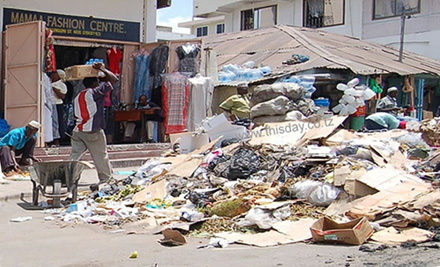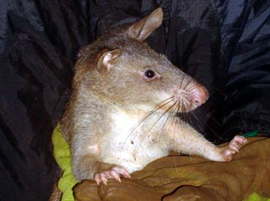Safer to be in than Tanzania or Uganda, according to the UN.
The U.N.’s announcement this week that Kenya is now safer for its employees than Tanzania or Uganda sheds new light on how travelers should view government travel warnings.
Not much has changed in the last year in world governments’ advice to their citizens heading on safari. The U.S. and Britain retain a travel warning against Kenya, Canada doesn’t, and Canada and Britain retain a travel warning on Uganda, and the U.S. does not.
The U.S.’ lack of warning on Uganda is political. Ever since Bill Clinton invested so much time and money in Uganda, and more recently when so many U.S. politicians got mired in Uganda’s sticky politics, the U.S. has misrepresented that country’s safety for travelers.
I think Uganda is safe to visit, if you know what you’re doing. As I do for Kenya and Tanzania. But traveling to East Africa for a safari is not as safe as traveling to Branson, Missouri, for a music festival, or to the Loire Valley for wine tasting, and it’s perfectly right of governments to try to explain these distinctions.
After years of trying to figure out these admonitions from a variety of western governments, after years of parsing which are political and which are truly advisory, I think at last there may be a better guide for potential travelers than any government’s specific recommendations.
The United Nations has tens of thousands of employees stationed all over the world. The level of pay – like our own military and foreign service – is determined to a certain extent by how dangerous the UN believes these postings are.
But the UN goes beyond analyzing simple threats to personal safety. It analyzes how easy communication is, what diseases are locally threatening, how likely power interruptions occur, how smoothly complaints and infractions of local law are handled by local authorities, how complete public services are… it even analyzes how enjoyable are local cinemas and theaters, how well stocked is the local grocery store, and how the climate might effect foreigners not used to it. And much more.
It goes on and on, because what the UN realizes is that the “safety” of a foreigner in a foreign place is a “well-being” issue that extends far beyond whether or not al-Qaeda is trying to get you.
And so the UN puts all the countries in the world into 5 categories: A, B, C, D or E.
Get a posting to a country with an “E” rating and you’re going to be paid a lot to maybe get killed. Get a posting to a country with an “A” rating and you’re going to be paid a lot less but will live to spend it all.
Better yet, the UN may divide a country’s rating depending upon what city you’re visiting.
Last week the UN moved Nairobi and Mombasa (Kenya) up from C to B. It kept Arusha and Dar-es-Salaam (Tanzania) and Kampala (Uganda) at C.
That’s exactly how I feel.
C is OK, if you know what you’re doing and how to do it. B takes a little bit less care.
Of the 141 countries in the world that the UN has a permanent presence:
49 are A,
37 are B,
27 are C,
21 are D,
and 7 are E.
Of those 46 are in sub-Sahara Africa:
6 are A,
9 are B,
14 are C,
13 are D,
and 4 are E.
As I’ve said time and again, nobody going on vacation wants to research the safety of where they’re headed. But also as I’ve repeatedly explained, a safari isn’t a “vacation.”
There’s little R&R on safari. A safari traveler is a student, and that’s a wonderful thing. She’s an explorer, lusting for the new and unknown. He doesn’t want a quiet beach in the Carolinas.
So there’s a risk in this, however slight. It takes some guts to want to become smarter, to educate yourself about parts of the world that are foreign to you.
But that doesn’t mean you put yourself in danger. So how best to determine this threshold?
Go first to the UN list. Don’t go if it’s a D or E. If it’s C, then read the detailed travel advisories from your country and others to help you determine if you consider it safe. If Britain, Canada and the U.S. all agree, I think you can take that as a pretty unbiased analysis.
But if they don’t agree, as they don’t in East Africa, it gets a bit tougher. You have to figure out why they don’t agree, and decide who is better to trust.
(Important qualifier: my simple list above is for only the capitals of those countries. Kenya, for instance, gets an “E” for the town of Garissa, which is near the Somali border. So you also need to research your travel by city, beyond the simple capital references given above.)
And finally, I’ll leave you with this travel admonition recently given to travelers from abroad who are considering visiting the United States:
“There is a general threat from terrorism in the United States. Attacks could be indiscriminate, including in places frequented by expatriates and foreign travelers. The US Department of Homeland Security (DHS) has designated the terror alert status of “orange”, or high, for all international and domestic flights in the USA.”
The above admonition comes from Her Majesty’s government of Great Britain.


